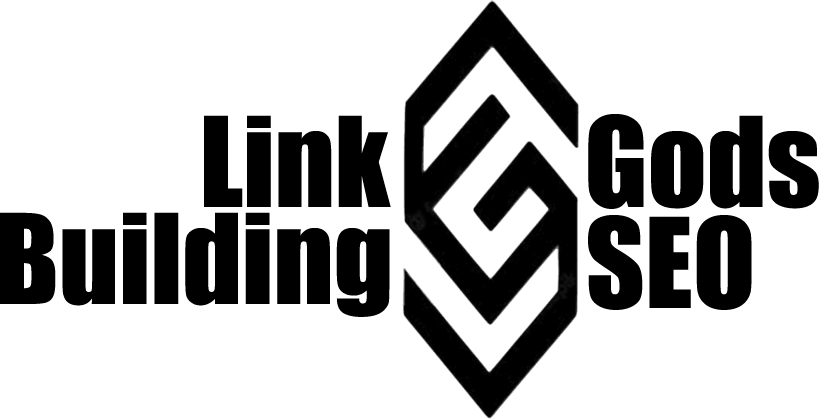Here are the basics:
- Keywords: Use words and phrases that people might type into search engines. But don’t go crazy—use them naturally.
- Title Tags: Think of these as your website’s headlines. They should be catchy, include keywords, and tell search engines what your page is about.
- Meta Descriptions: This is like a sneak peek under your title tag. It’s a short summary that tells people and search engines what they can expect on your page.
- URL Structure: Keep your web addresses clean and simple. They should give an idea of what the page is about.
- Header Tags (H1, H2, etc.): Break up your content into sections with headers. It makes it easier for people to read and helps search engines understand your content.
- Quality Content: Content is king! Create stuff people want to read, watch, or share. If your content is awesome, search engines will love it too.
- Images and Alt Text: Use images, but don’t forget to describe them using alt text. Search engines can’t “see” images, so alt text helps them understand what’s in the picture.
- Internal Links: Link to other pages on your website. It helps people navigate, and search engines like websites that are well-connected.
Remember, on-page SEO is about making your website the best it can be for both people and search engines. It’s like making your house cozy and inviting, but in the digital world!
Read More: What are blacklinks?

